ANTINOO
Fashion Film and moving image
ANTINOO is my Master’s thesis project in Visual and Multimedia Communication Design at IUAV University in Venice.
The four chapters book deals with a complex and rather recent topic: Fashion Film, from its origins to nowadays. While Fashion film is a topic widely covered in English literature the Italian one was absolutely lacking of information and knowledges.
The main task of my work was filling this gap.
The last chapter is about “ANTINOO”, my final video project. Indeed, following my theory research on moving image, I create my own Fashion Film showing two capsule collections created by the fashion designer Filippo Soffiati.




A step back in history
Many of the practices and motivations of today's directors can be traced back in the pre-digital cinema that, more than a century ago, was the first one to explore the field of performance and costume in motion.

First Fashion shows
Mechanization, rhythm, movement and metamorphosis -perfectly recognizable elements in contemporary fashion films- have actually their roots in the presentation of fashion since before the advent of film, when the image of the model evolved, from static mannequin to mechanized doll, to dynamic figure able to embody the concepts of movement and modernity
Cinema of the origins
Today's viewer involved in the moving image is reminiscent of the approach of the first cinema of attraction, fascinated by movement and visual effects, rather than storytelling.
In this sense, it is not surprising that many techniques of fashion films such as reverse play, stop-motion and multiple exposures refer to George Méliès’ inventions. Even before, Loie Fuller's Serpentine dance (recorded for the first time by the Lumière brothers) demonstrated the possibility of the cinema to hypnotize the viewer, transforming the dress into a dramatic and radiant entity, generating different shapes and optical effects.

“Fashion is an expression of the times in which it emerges.”
Considering that nowadays there is nothing unusual in making a movie with your smartphone and share it with a global audience, it is not surprising that designers and fashion companies have started using the medium of Internet clips for their own purposes.
In this context, the boundaries between advertising films and related genres, such as music or video art, are becoming increasingly fluid.
Each film in its own way expands the traditional modes of representation of fashion such as photography, illustration and fashion show. Bizarre collages and graphic schemes carry viewers into worlds of absurd, poetic and surreal. Alienated computer-animated bodies, fairy tale to nightmare-like images, desert or underwater landscapes: these are just some of the motifs.

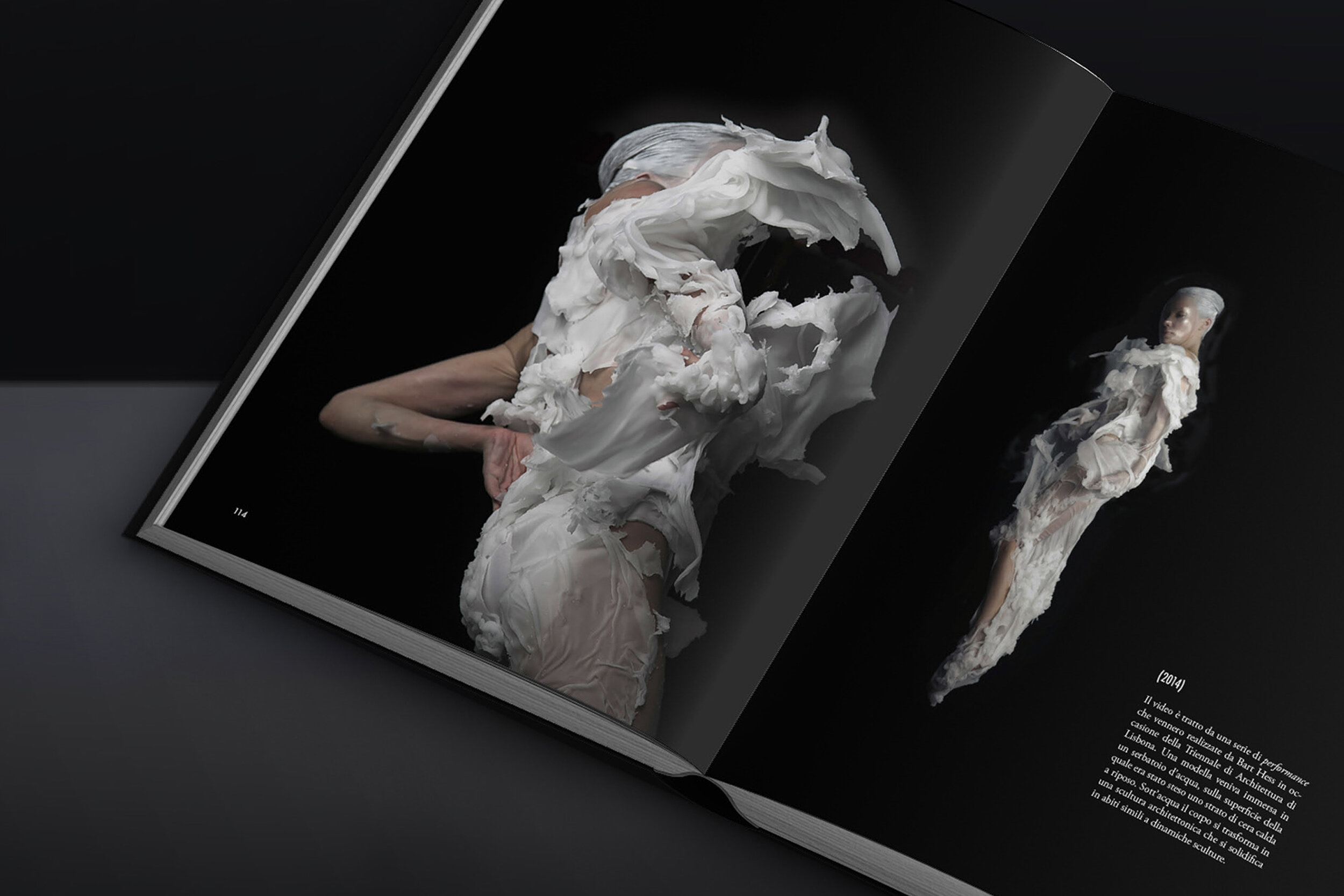
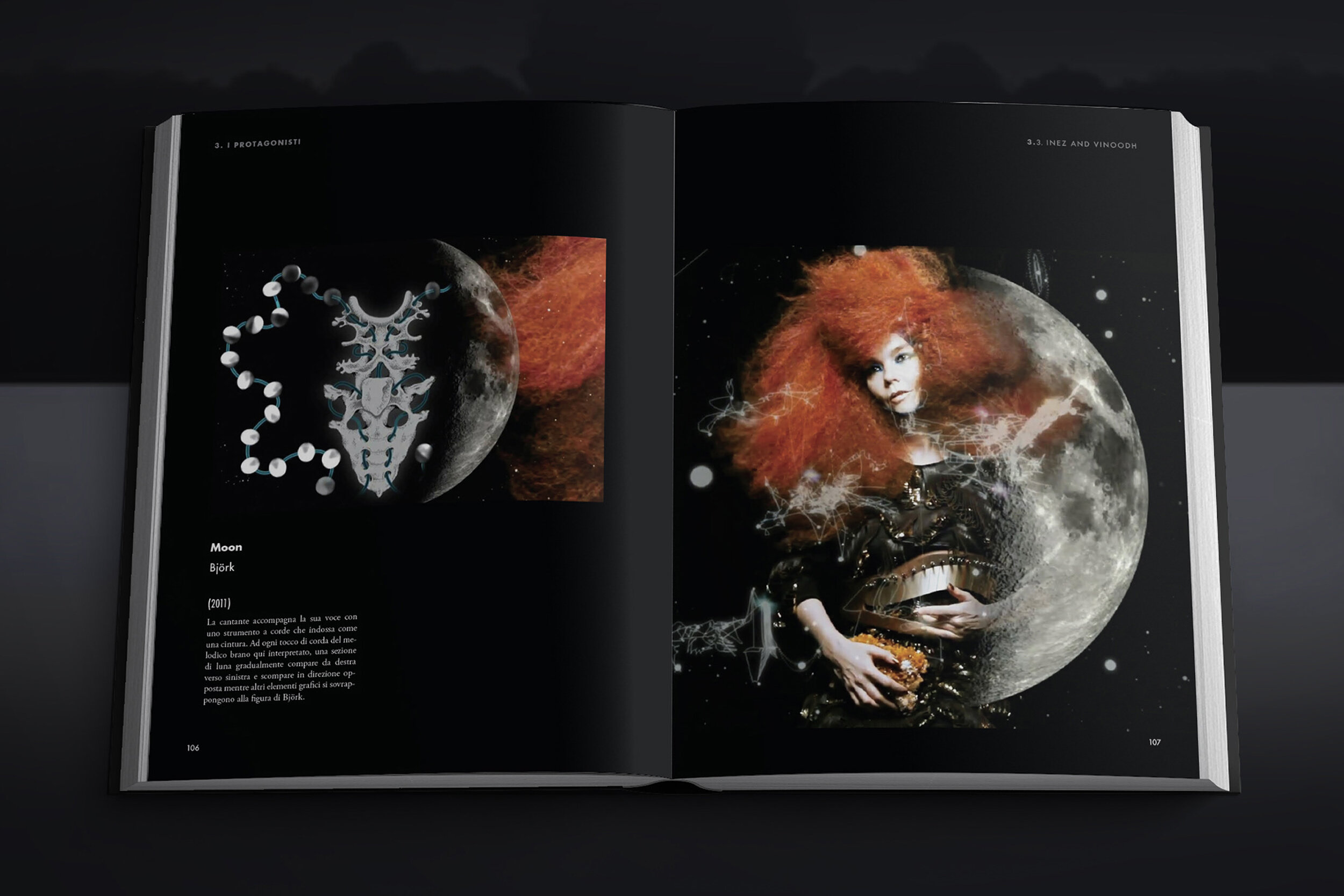
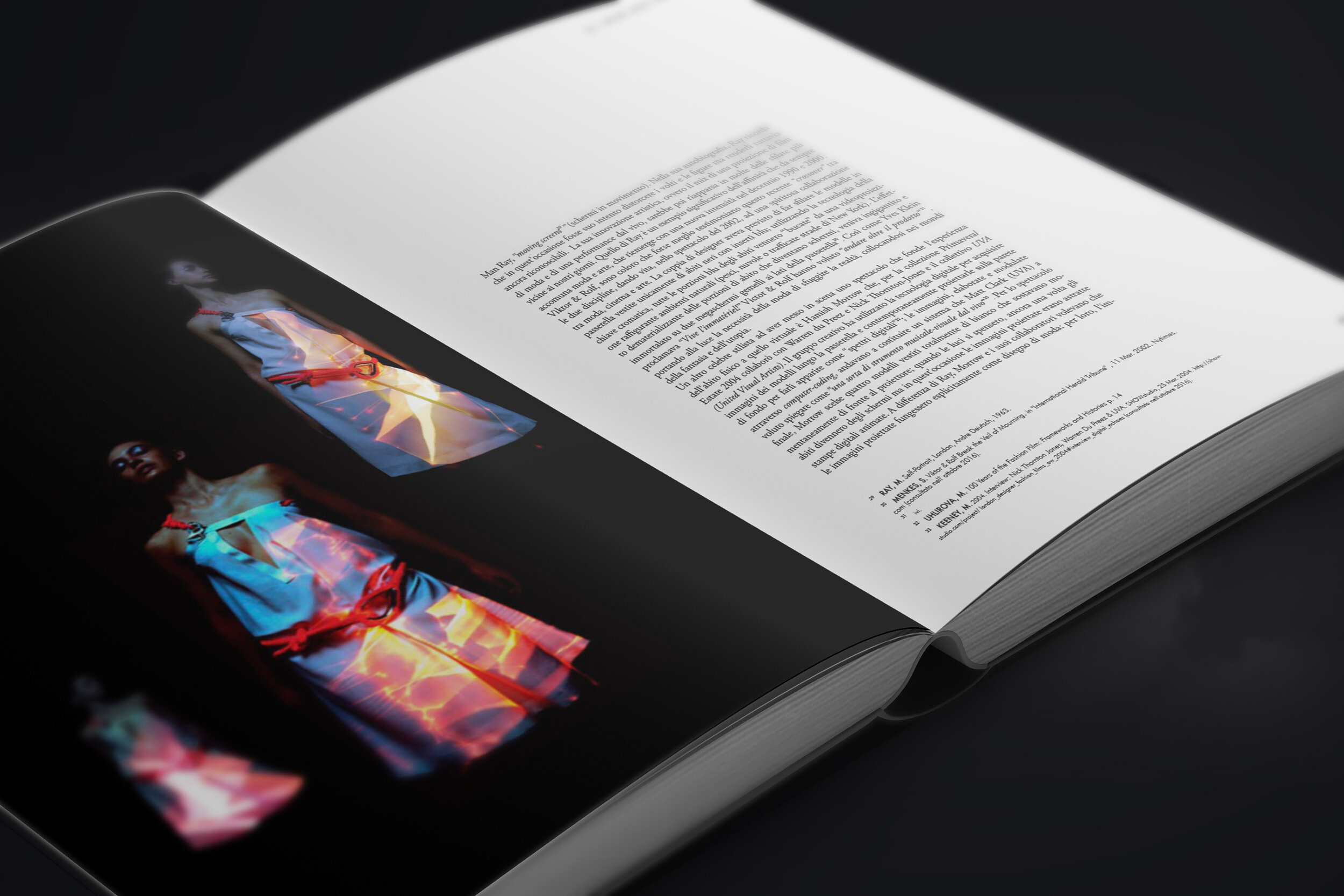
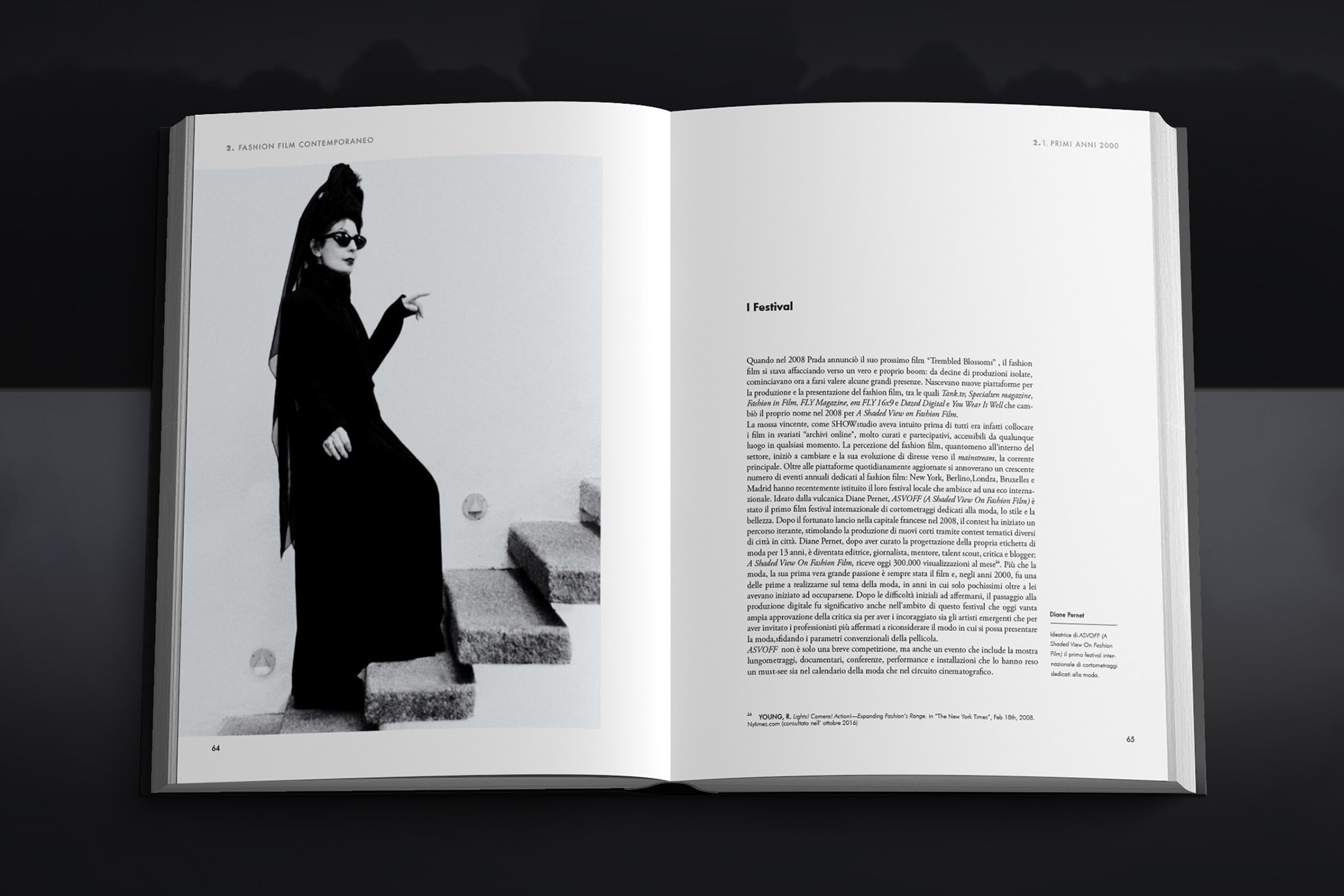
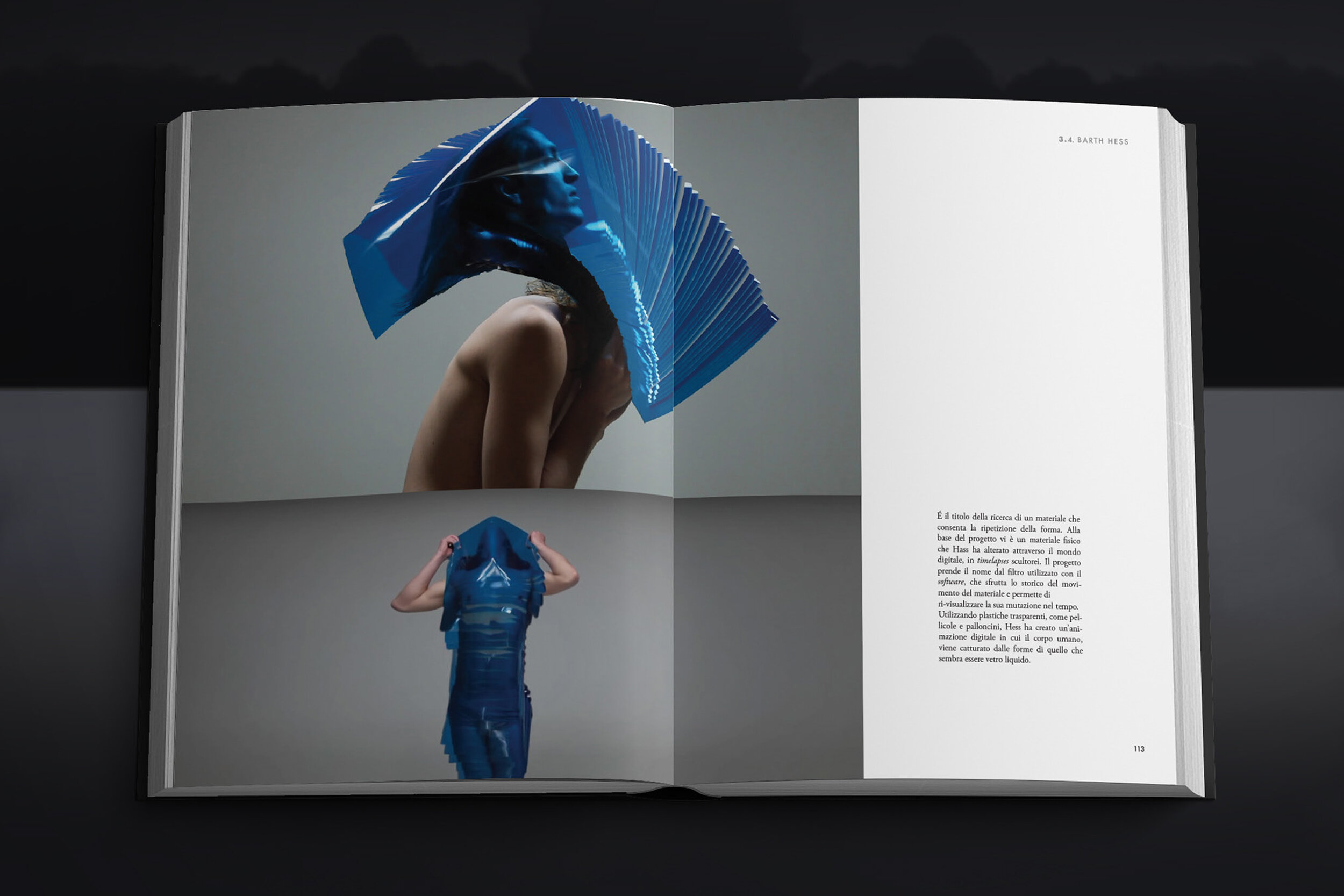
Non-narrative Fashion Film
Moving images describe the dress as an elastic, polymorphic and unstable entity, capable of being rebuilt in space and time, impregnating itself with new visual and transitory values.
In non-narrative fashion films, movement, sound and visual effects play fundamental roles, expanding the capacity of the cinema.
The dress as elastic, polymorphic and unstable entity is the best material to explore the creative possibilities of the union between fashion and cinema.



Paper copy
Designed by: Erica Visentin.
Printed on: coated paper, 100gsm.
Format: 190 x 270 mm.
Cover: printed matt black vinyl.
Book band: coated paper, 200gsm.







